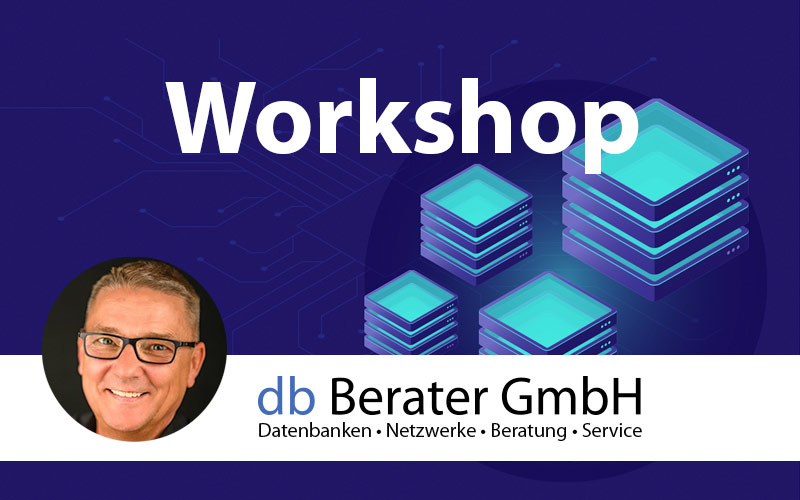Problem Description / Requirement
The customer operates a 45 TB data warehouse that is updated 24/7 with a frequence of 5 minutes. Partitioning is used on the biggest table to increase efficiency in loading processes. Before the loading starts the loading process must evaluate the last value from the attribute [o_orderkey] from the table [dbo].[orders].
- This request is causing long runtimes and massive resources (CPU / Memory) when determining the maximum value.
- As impact of the long running evaluation process the timeframe for the load sometimes exceed.
- You are asked to find out the root cause of the long runtime and find an adequate solution to the problem.
The developers get the last value from o_orderkey with the following statement:
SELECT MAX(o_orderkey) FROM dbo.orders;
The time analysis returns the following information:
SQL Server Execution Times:
CPU time = 1359 ms, elapsed time = 793 ms.
SQL Server parse and compile time:
CPU time = 0 ms, elapsed time = 14 ms.

The query is very expensive because it is parallelized. Parallelization is unusual when it comes to determining an aggregated value from the values of an index.
Challenge
Analyse the execution plan and check the applied index on the table [dbo].[orders].
- Explain why the – simple – query takes to much time for getting the max value.
- Create a solution for the customer.
The solution must recieve the max value from o_orderkey in less than 10 ms
Note
- The customer is using SWITCH(), MERGE() and TRUNCATE() on partitions.
- The DBA of the customer is running Maintenance on the tables by partitions because they have a small window for maintenance (Indexes / Statistics).
Your solution must not affect the customer’s processes!
Category
- Writing efficient queries
- Level 400
Technical information
When creating the challenge, one table will be created. The table has a Primary Key on [o_orderkey] and [o_orderdate].
The table is partitioned by [o_orderdate]. The partition boundaries were defined per year.
| Table Name | Number of Rows | Storage Space |
| dbo.orders | 8.165.704 | 559 MB |
How to start the challenge
When you are connected to the SQL Server instance…
EXECUTE sqlchallenge.dbo.create_challenge 'list'; |
will give you a list of open challenges |
EXECUTE sqlchallenge.dbo.create_challenge 'name_of_challenge'; |
will create the challenge for you |
After the creation just get into the database for your challenge
Solution
The problem described in this SQL Challenge is a common scenario when you work with partitioned tables and must run aggregation over attributes.
Connect to Microsoft SQL Server
| SQL Server: | sqlchallenges.germanywestcentral.cloudapp.azure.com |
| Port: | 1433 |
| Version: |
16.0.4165.4
|
| Edition: | Developer Edition |
| Authentication Type: | SQL Server Authentication |
| Login Name: | sqlchallenge |
| Password: | sqlchallenge#2025! |
| Encryption | Mandatory |
| Trust Server Certificate: | True |
In this comprehensive workshop, we will delve deep into the principles, strategies, and practical implementation of data partitioning in SQL Server. Whether you’re a seasoned database administrator, developer, or data analyst, this workshop will equip you with the knowledge and hands-on experience needed to harness the benefits of partitioning for your database environments.



maybe columstore index can help
Hey Seba – good approach but it will not work efficiently. Only the compression can optimize (a little bit).
The real problem stays existent – the full scan.
We want an efficient index use on the PK (o_orderkey).
It’s difficult. I will take your suggestion into to the solution.
Thank you for your valued feedback, Uwe
CREATE NONCLUSTERED columnstore INDEX IX_orders_o_orderkey_datexxx2
ON dbo.orders ( o_orderdate , o_orderkey )
WITH (maxdop =1)
ON ps_o_orderdate(o_orderdate);
set statistics io, time on
select max(o_orderkey) fROM dbo.orders
(1 row affected)
Table ‘orders’. Scan count 2, logical reads 0, physical reads 0, page server reads 0, read-ahead reads 0, page server read-ahead reads 0, lob logical reads 4009, lob physical reads 0, lob page server reads 0, lob read-ahead reads 0, lob page server read-ahead reads 0.
Table ‘orders’. Segment reads 11, segment skipped 0.
SQL Server Execution Times:
CPU time = 0 ms, elapsed time = 12 ms.
not great not terrible 😉
This runs a bit quicker:
DROP TABLE IF EXISTS #p
CREATE TABLE #p (PartitionNumber INT NOT NULL PRIMARY KEY CLUSTERED) WITH (DATA_COMPRESSION=page)
INSERT INTO #p(PartitionNumber)
SELECT p.Partition_Number
FROM sys.partitions p
INNER JOIN sys.objects o ON o.object_id = p.object_id
WHERE o.name=’orders’
AND p.rows>0
SELECT ISNULL(MAX(o_orderkey),0)
FROM (
SELECT * FROM (
SELECT * FROM #p p
) t1
CROSS APPLY (
SELECT ISNULL(MAX(o_orderkey),0) AS o_orderkey
FROM dbo.orders o
WHERE $PARTITION.pf_o_orderdate(o.o_orderdate) = t1.PartitionNumber
) AS o
) AS t2